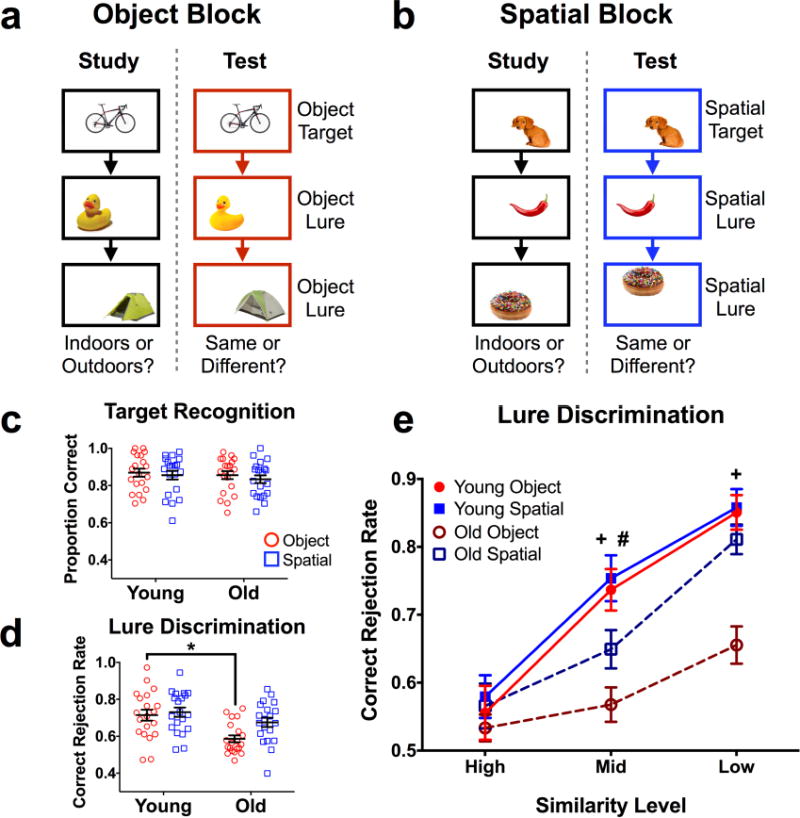Figure 1. Task schematic and behavioral performance.

A) Illustrative diagram of an object block (3 blocks completed). B) Illustrative diagram of a spatial block (3 blocks completed). Objects were smaller relative to screen size in the actual task, and presentation order was randomized across runs (i.e., study and test orders were different) and across participants. Stimuli were presented for 3 seconds, with a 1 second inter-stimulus interval. C) Target hit rates across test domains. No differences were observed. D) Lure discrimination rates across test domains. Older subjects were significantly impaired at object, but not spatial discrimination overall. E) Lure discrimination across the five similarity bins. Whereas older subjects were relatively impaired at discrimination of mid-similarity spatial lures, they were more globally impaired at object discrimination. Data are shown as mean ± standard error, with each point representing a single subject in panels c and d. (* = Young > Old in panel d; + = Young > Old for object lures in panel E; # = Young > Old for spatial lures in panel E; all post hoc tests are reported as p < 0.05 corrected for multiple comparisons.)
